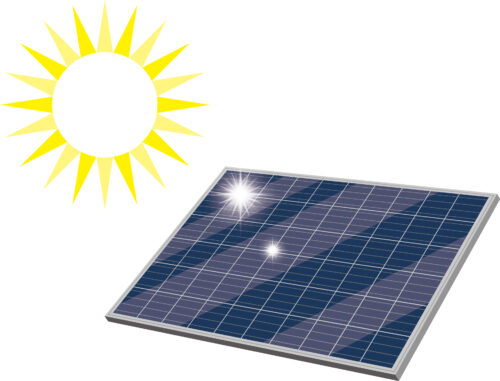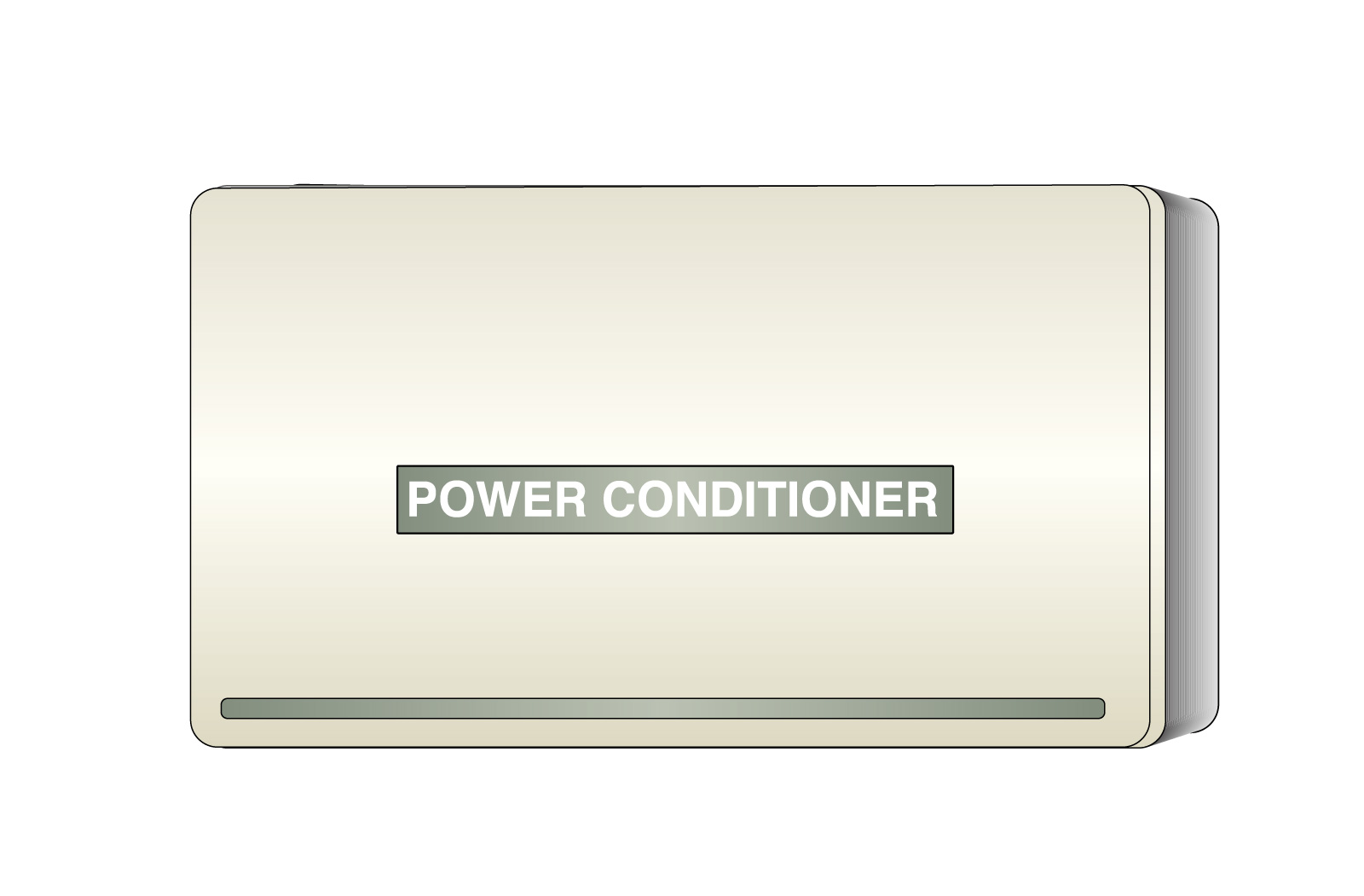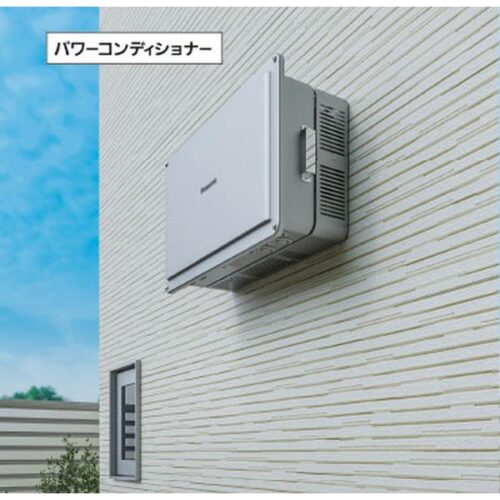What is a power conditioner?
The power conditioner converts the DC power sent from the junction box into AC power AC100V or 200V and sends it to the breaker (distribution board). At this time, the conversion efficiency from DC power to AC power is not 100%, and energy loss (heat) occurs during conversion. Since it is about 95%, 5% becomes heat, so it gets hot when the power conditioner is operating.
The role of the power conditioner has the following three roles.
- Converts the direct current generated by the solar panel into alternating current.
- Match the voltage, frequency, and phase of the AC of the electric power company and the converted AC so that the power can be sold to the electric power company. By the way, the purchase price of residential solar power generation by electric power companies in 2020 is 21 yen per 1kW.
- The amount of solar radiation received by a solar panel changes depending on the weather, and the optimum combination of current and voltage differs depending on each weather (solar amount). Therefore, we are constantly tracking the optimum point of the combination of current and power (the point where the most power generation is obtained) so that the power generation voltage that can obtain more output with the solar panel that changes depending on the intensity of sunlight is obtained. increase.
The control function is called MPPT (Maximum Peak Point Tracking), and in Japanese it is called “Maximum Power Point Tracking Function”.
Domestic power conditioner manufacturers include Panasonic, Omron, Mitsubishi Electric, Daihen, Fuji Electric, Yaskawa Electric, Sansha Electric, Meidensha, Toshiba Mitsubishi, Nissin Electric, Tabuchi Electric, and GS Yuasa. Overseas, there are Delta Electronics, Power One, etc.
Renewable energy purchase system(Feed-in Tariff)

For solar power generation, the feed-in tariff (FIT) for renewable energy started in 2009 after the Fukushima nuclear accident. Initially, the purchase price was 48 yen per 1kwh for 20 years, but now it has dropped to 21 yen.
According to the photovoltaic power generation information, there is actual data that a 1kW solar cell generates an average of 1,234kWh per year. There are differences depending on the prefecture, and the prefecture that can generate the most power is Yamanashi prefecture at 1,436kWh, and the prefecture that cannot generate power is Akita prefecture at 902kWh. The national average is 1,234kWh.
And there is data that 30% of the 1,234kWh is sold for self-consumption and 70% is sold.
How much do you earn annually if you install 4kW of solar power?
First of all, by selling electricity, 1,234kW / h x 4kW x 70% x 21 yen = ① 72,559 yen will be the income.
Also, 30% of the electricity consumed in-house is counted as income because it is not necessary to purchase it from an electric power company. 1,234kWh x 4kW x 30% x 28 yen = ② 41,462 yen Many people forget this and calculate. The price plan for 28 yen varies depending on the power company, but it is approximately 25 to 28 yen.
The total of ① and ② is about 114,000 yen. In other words, we saved 114,000 yen a year in electricity charges. This is just “profit” by installing solar panels. Actually, there are cloudy, rainy days, and nights, and during that time, electricity from the electric power company will be used.
The installation cost of the solar power generation system of 1.5 million yen (lowest price) will be paid by 1.5 million yen ÷ 114,000 yen = 13 years. Thirteen years later, 114,000 yen a year will be profitable as it is, but it is a time when both the panel and the power conditioner are nearing the end of their life. In particular, the panel is less than 80% of the initial power generation, so the initial power generation cannot be expected. If it doesn’t break down, it will still be a profitable calculation of 80,000 yen a year.
By the way, the electricity bill we pay is about 20 to 25 yen per 1kwh, and 10 to 15 yen at night. Electric power companies can generate 1kwh of electricity for about 10 yen, but the FIT system buys it for 21 yen. The loss is as it is, but the power company does not hurt or itch because the general consumer is liable for the electricity bill under the name of “levy”. It is estimated that the electricity bill for a standard household of 8,000 yen / month will be about 100,000 yen / year, which will be 110,000 to 120,000 yen / year. It is a profit of the contractor (individual) who installed the sunlight as much as 10,000 to 20,000 yen per household per year. Since the cumulative total is 2 trillion yen, it is no wonder that interests will be generated
Finally, it would be nice if solar power was more efficient than thermal power, but unfortunately that is not the case. In order to generate solar power, a solar panel, a power conditioner that converts the generated DC electricity into alternating current, a control device, a stand for installation, land (roof), etc. are required.
Solar power is free, but a huge amount of electricity (oil) is used to make these solar power generation facilities. Especially silicon used for solar cells. The calculation method is complicated and there are many ways of thinking. It seems that they are making equipment for solar power generation using about four times as much electricity as thermal power generation. This is the result of smoothing out the lifetime life of photovoltaic power generation, not just when building photovoltaic power generation equipment. To put it simply, 4kwh of electricity generated by thermal power generation is used to generate 1kwh of electricity via solar power generation.

